The Great Chinese Dinosaur Boom
A gold rush of fossil-finding is turning China into the new epicenter of paleontology
/https://tf-cmsv2-smithsonianmag-media.s3.amazonaws.com/filer/b1/5a/b15a2783-ee59-4e8c-9fbd-b5470712833f/may2018_i02_chinesefossildinos.jpg)
Not long ago in northeastern China, I found myself being driven in a Mercedes-Benz SUV down a winding country road, trailed by a small motorcade of local dignitaries, past flat-roofed brick farmhouses and fields full of stubbled cornstalks. Abruptly, we arrived at our destination, and my guide, Fangfang, slipped out of her high heels into fieldwork gear: pink sneakers with bright blue pompoms on the Velcro straps.
We were visiting a dinosaur dig, but there was also a museum under construction—steel beams riveted together to form layers, stacked one atop another, climbing a hillside in two parallel rows. The two wings connected by a central pavilion looked like a bird about to take off. The new museum—its name roughly translates as Liaoning Beipiao Sihetun Ancient Fossils Museum—is due to open sometime in 2019. It was unmistakably huge. It was also expensive (Fangfang estimated $28 million for construction alone). And it was in the middle of nowhere.
We were in a rural village called Sihetun, about 250 miles northeast of Beijing. In the exuberant fashion of a lot of modern development in China, the new structure is going up in anticipation of visitors arriving by speed train from the capital, except that the speed train network hasn’t been built yet. The new museum is located at an epicenter of modern paleontological discovery, an area that is at least as rich in fossils, and in some ways as wild, as the American West during the great era of dinosaur discovery in the late 19th century.
In the mid-1990s, on that hillside in Sihetun, a farmer stumbled onto the world’s first known feathered dinosaur, a creature now named Sinosauropteryx (“the China dragon bird”). Actually, the farmer found two halves of a slab, each preserving a mirror image of this dinosaur. In the freewheeling spirit that has characterized the fossil trade in the area ever since, he sold one half to one unwitting museum, and one half to another. It was the start of a fossil gold rush.The region has yielded more than 40 dinosaur species to date.
Standing on a slope a few minutes’ walk from the museum site, my guide pointed out the hills of a nearby farm where Yutyrannus, a 3,100-pound feathered dinosaur, turned up a few years ago. (Think Tyrannosaurus rex, but plumed like a Mardi Gras Indian.) This was also the former home range of Anchiornis huxleyi, a chicken-size creature with enough preserved detail to become the first dinosaur ever described feather by feather in its authentic colors—an event one paleontologist likened to “the birth of color TV.”
What has emerged from beneath the fields of Liaoning province (and parts of neighboring provinces) is, however, bigger than dinosaurs: A couple of decades of digging have uncovered two miraculously well-preserved ancient worlds. The first, called the Yanliao Biota, is from the middle-late Jurassic period, 166 million years ago. The second, the Jehol Biota, is Cretaceous, from 131 million to 120 million years ago. The Jehol is more famous among paleontologists, and far more diverse. Among the ancient biota—or plant and animal life—found so far: four turtle species, eight amphibian species, 15 fishes, 17 mammals, 24 of the winged reptiles called pterosaurs and no fewer than 53 ancient bird species. Taken together, these finds tell dramatic new stories about the dinosaur origin of birds and the evolution of feathers and flight. That’s in addition to some of the earliest flowering plants, plus assorted pine, cypress and gingko trees, algae, mosses and ferns, snails, clams, crustaceans, insects, spiders and almost endlessly onward. It’s a measure of this diversity that, in addition to its other displays, the museum in Sihetun will house 26 different specimens—from fish to a parrot-faced dinosaur called Psittacosaurus—all partly excavated but still embedded in the hillside where they were discovered.
Here’s another measure of that diversity: Liaoning already has at least ten other fossil museums, some with important collections, others mainly products of local boosterism or bureaucratic career-building. There’s typically lots of money for constructing new buildings, less for acquiring collections, and none at all, at least in the provinces, for scientific staff to make sense of them. Many of the best specimens also turn up in Beijing, or at the Shandong Tianyu Nature Museum seven hours south of the capital, which one paleontologist described as “the best place to see Liaoning fossils.”
**********
One chilly December morning, a week into my trip, I looked out a hotel window in Chaoyang, a city of three million about 45 miles west of Sihetun. The mist rose off a bend in the Daling River and the sunrise lit up the mountains. Some say Chaoyang gets its name from an old poem about a mythological bird singing to the rising sun. It’s known today as a city for fossils, and some of its most celebrated inhabitants are extinct birds.
These fossils might not wow visitors whose idea of paleontology is limited to massive dinosaur reconstructions at other natural history museums. What Liaoning province typically produces are articulated skeletons in slabs of stone. I first saw one lying flat in a glass display case at the Beijing Museum of Natural History, too high off the ground for children to see, and often obscured for adults by lighting ingeniously positioned in precisely the wrong spots. Then I looked more closely. The backgrounds of the slabs, in mottled shades of beige, brown and ocher, were like old monochrome watercolors, or like a landscape scroll painted in the Tang dynasty. The fossils stood out against this background like bold strokes of calligraphy, and they were stunningly intact. “It looks like somebody’s chicken dinner,” a friend remarked when I showed him a photo of one such fossilized bird.
It looked, in truth, as if something had swatted the bird out of the sky and instantly entombed it in rock, which is more or less what happened, over and over, to vast numbers of such creatures, across tens of millions of years. In the early Cretaceous era, northeastern China was mostly forest and lake country, with a temperate climate. But it was prone to ferocious volcanic eruptions. Lake-bed mud and volcanic ash quickly entombed victims without the oxygen necessary for decomposition, and these fine-grained sediments preserved not just bones, but also feathers, hair, skin tissue, organs and even stomach contents.
The Chaoyang native Microraptor, for instance, is a small, four-winged dinosaur, a tree-dweller built for short predatory plunges from branch to branch. Researchers examining one specimen recently found evidence in its abdomen that its last meal was a bird swallowed nearly whole. (They also identified the bird.) A mammal called Repenomamus, resembling a modern bulldog, turned out to have eaten a small dinosaur.
For paleontologists, the value of Liaoning fossils lies not just in the extraordinarily preserved details but also in the timing: They’ve opened a window on the moment when birds broke away from other dinosaurs and evolved new forms of flight and ways of feeding. They reveal details about most of the digestive, respiratory, skeletal and plumage adaptations that transformed the creatures from big, scary meat-eating dinosaurs to something like a modern pigeon or hummingbird.
“When I was a kid, we didn’t understand those transitions,” says Matthew Carrano, the curator of dinosauria at Smithsonian’s National Museum of Natural History. “It was like having a book with the first chapter, the fifth chapter and the last ten chapters. How you got from the beginning to the end was poorly understood. Through the Liaoning fossils, we now know there was a lot more variety and nuance to the story than we would have predicted.”
These transitions have never been detailed in such abundance. The 150-million-year-old Archaeopteryx has been revered since 1861 as critical evidence for the evolution of birds from reptiles. But it’s known from just a dozen fossils found in Germany. By contrast, Liaoning has produced so many specimens of some species that paleontologists study them not just microscopically but statistically.
“That’s what’s great about Liaoning,” says Jingmai O’Connor, an American paleontologist at Beijing’s Institute of Vertebrate Paleontology and Paleoanthropology (IVPP). “When you have such huge collections, you can study variation between species and within species. You can look at male-female variation. You can confirm the absence or presence of anatomical structures. It opens up a really exciting range of research topics not normally available to paleontologists.”
But the way fossils get collected in Liaoning also jeopardizes research possibilities. O’Connor says it’s because it has become too difficult to deal with provincial bureaucrats, who may be hoping to capitalize on the fossil trade themselves. Instead, an army of untrained farmers does much of the digging. In the process, the farmers typically destroy the excavation site, without recording such basic data as the exact location of a dig and the depth, or stratigraphic layer, at which they found a specimen. Unspectacular invertebrate fossils, which provide clues to a specimen’s date, get cast aside as worthless.
As a result, professional paleontologists may be able to measure and describe hundreds of different Confuciusornis, a crow-sized bird from the Early Cretaceous. But they have no way to determine whether individual specimens lived side by side or millions of years apart, says Luis Chiappe, who directs the Dinosaur Institute at the Natural History Museum of Los Angeles County. That makes it impossible to track the evolution of different traits—for instance, Confuciusornis’ toothless modern bird beak—over time.
**********
In Chaoyang, late one afternoon, I visited a darkened, minimally heated apartment to find precious fossils stacked on every available surface. On the coffee table, next to some vitamin pills and a water bottle, was a 160-million-year-old Anchiornis, its dinosaur tail and its plumy smudge of feathers preserved in exquisite detail. Nearby, the twin halves of a split fossil lay side by side, displaying a fish that now seemed to be perpetually swimming toward itself. A child’s sparkle-painted pink bicycle stood on the balcony, and it occurred to me that the only way its owner could get it to the front door would be by wheeling it through a treasure house of perfectly preserved life-forms from scores of million of years in the past.
The Complete Illustrated Encyclopedia Of Dinosaurs & Prehistoric Creatures
A ground-breaking and expert study by a leading paleontologist and geologist, the book includes all the best-known creatures as well as hundreds of lesser-known and obscure species, and the latest up-to-the-minute discoveries.
The apartment belonged to the child’s father, a museum director, who was holding the specimens for the new museum at Sihetun. Lu Juchang, a paleontologist visiting from the Chinese Academy of Geological Sciences, picked up a specimen from the floor and, pointing to different parts of the anatomy, said, “This part is real, this part is not.” To me, the difference was indiscernible, but to Lu’s eye, it leapt out: “I think someone went to find another specimen, cut a groove,” and cemented in a suitable-looking wing bone. The museum, he said, would have a preparator remove the fake parts and preserve what’s authentic.
This kind of forgery is routine, and only a handful of Chinese experts can spot it with the naked eye. Other researchers rely on ultraviolet light, which reflects the light differently from fake and authentic sections of the same slab.
“It’s just a fact,” adds O’Connor, “that most of the people buying these specimens are not scientists, or they are ‘scientists’ with quotation marks. I’m constantly being shown a specimen by someone who says, ‘You have to describe this. This is a Jeholornis with a weird furcula’”—that is, a wishbone. She tells them it’s actually a Jeholornis with a furcula manually added. In the early days, she says, forgers actually painted feathers on some specimens. “You’d do the water test and the feathers would come right off. Now they don’t use water-soluble inks.”
Nonetheless, there’s genuine fossil wealth being revealed in Liaoning. Many of the slabs have been transferred to Beijing, where preparators are getting them ready for display. One morning in the basement of the IVPP, I watched a young man stare through the dual lenses of a microscope as he worked an air-pressure tool along the length of a wing bone. The needle-pointed tip whined and flecks of stone flew out to the sides, gradually freeing bone from matrix. Nearby a woman used an old credit card to apply a tiny drop of 502 Super Glue to a break in a fossil, then went back to work with a needlelike pick in one hand and an air pump in the other. Eight preparators were working at that moment at different fossils. It was an assembly line, dedicated to opening old tombs and bringing whole empires of unimaginably strange and beautiful creatures almost back to life.
A Note to our Readers
Smithsonian magazine participates in affiliate link advertising programs. If you purchase an item through these links, we receive a commission.
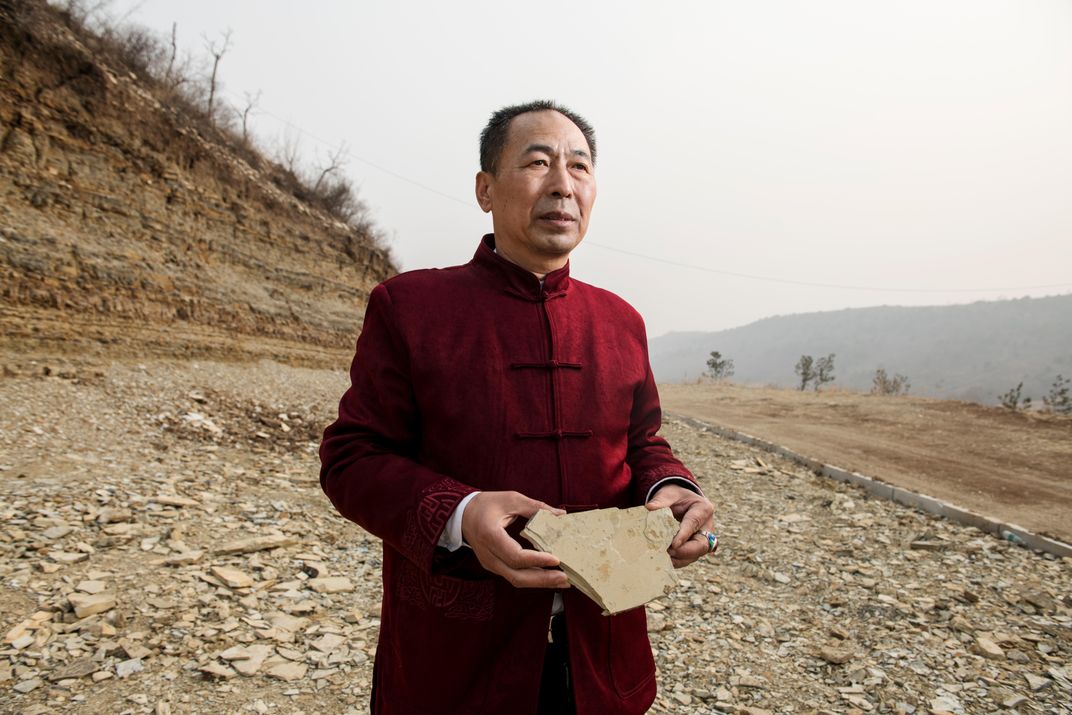
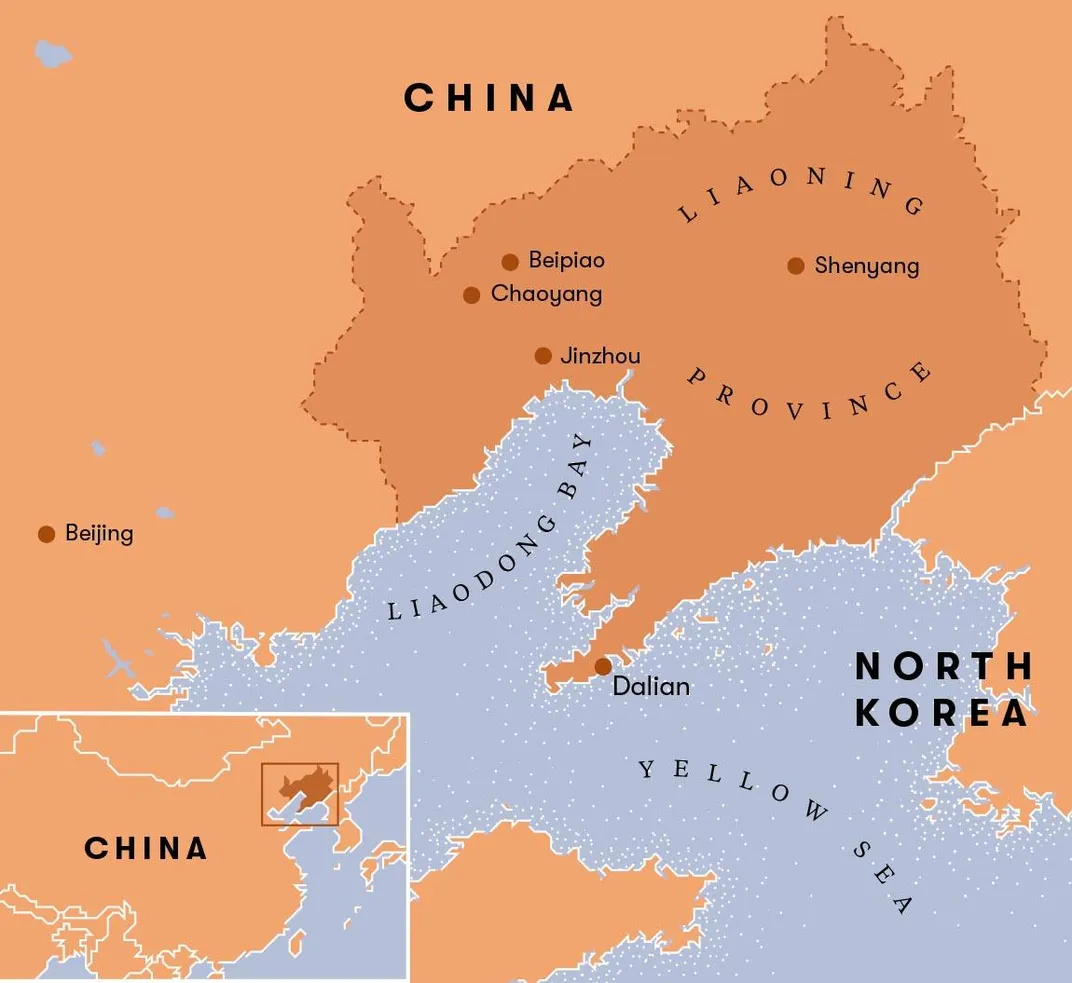
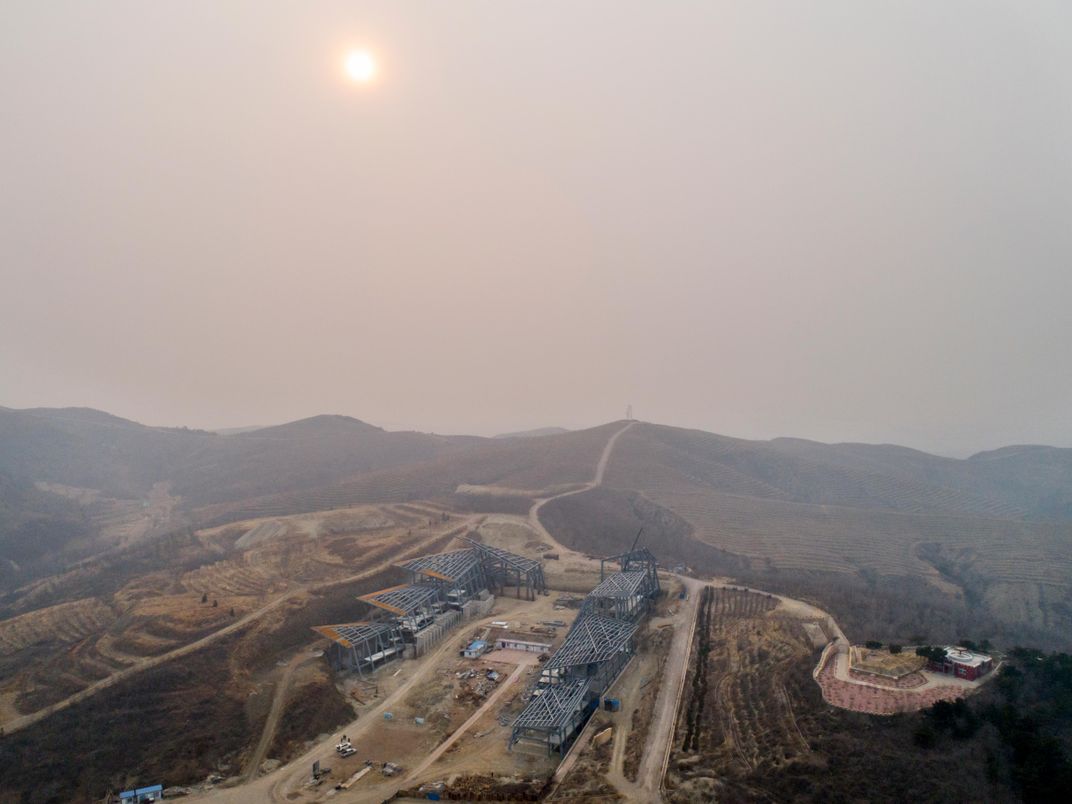
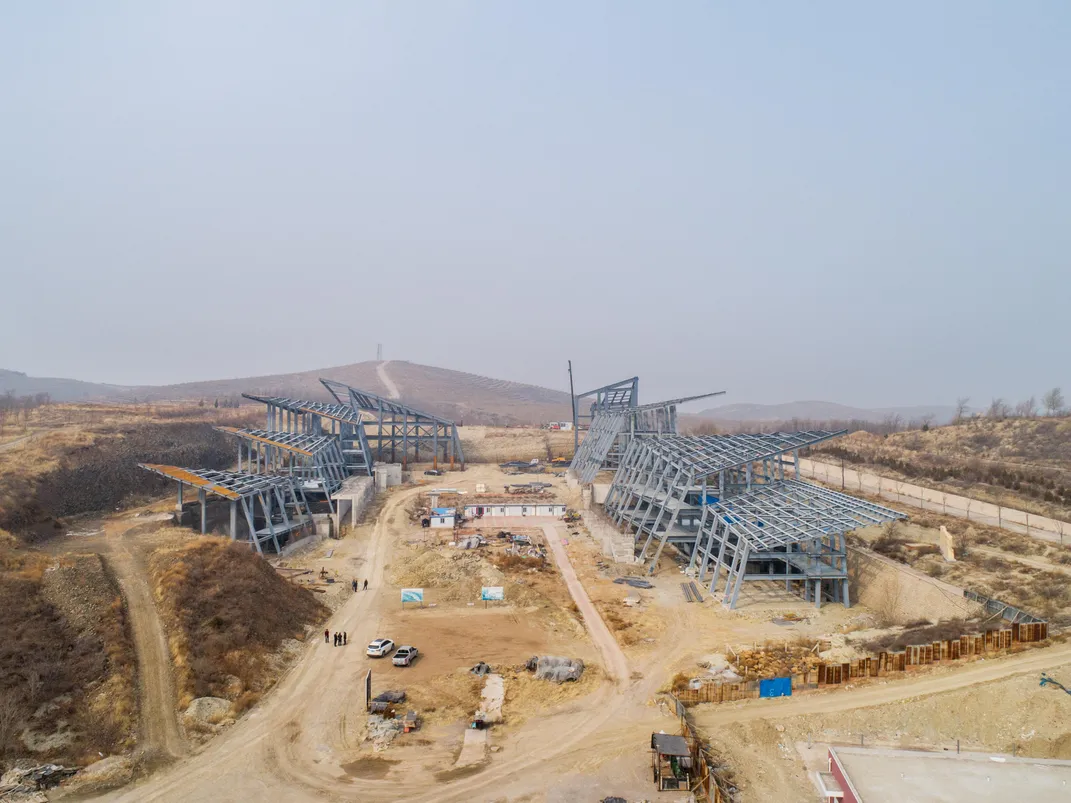
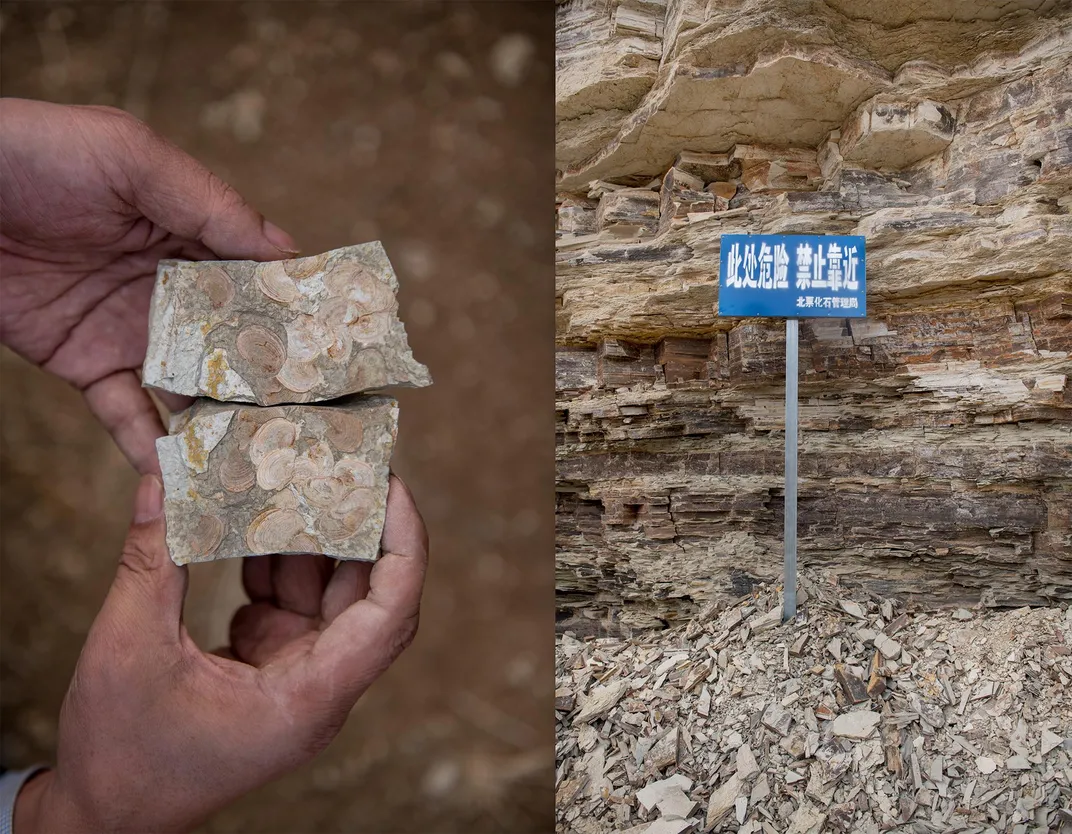
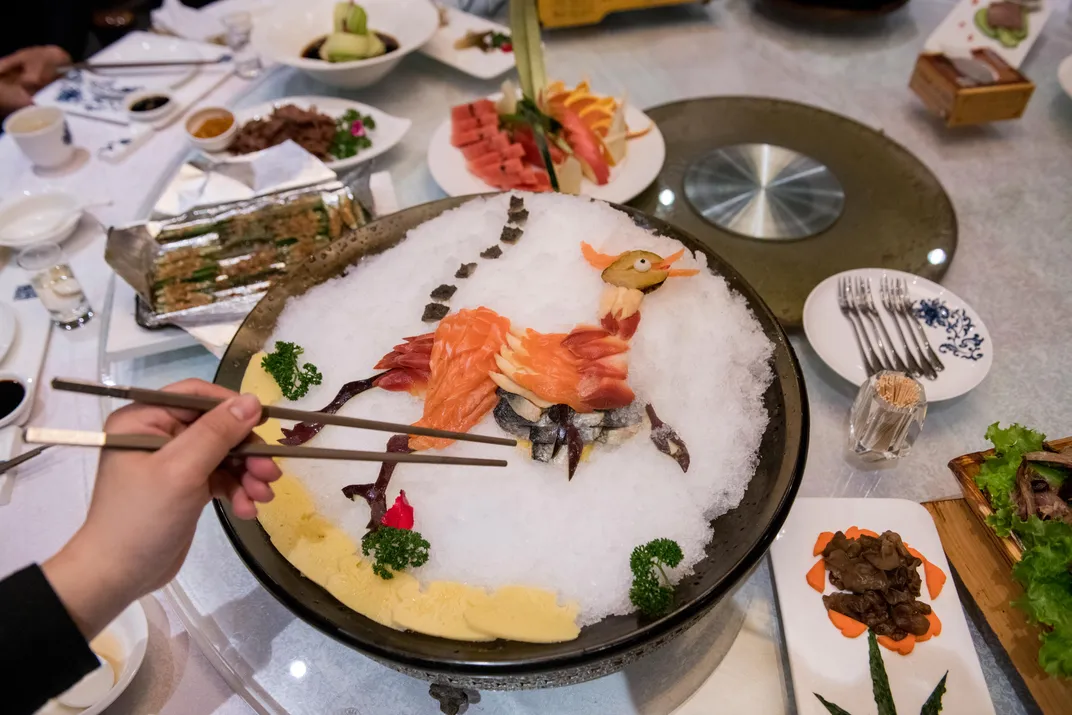
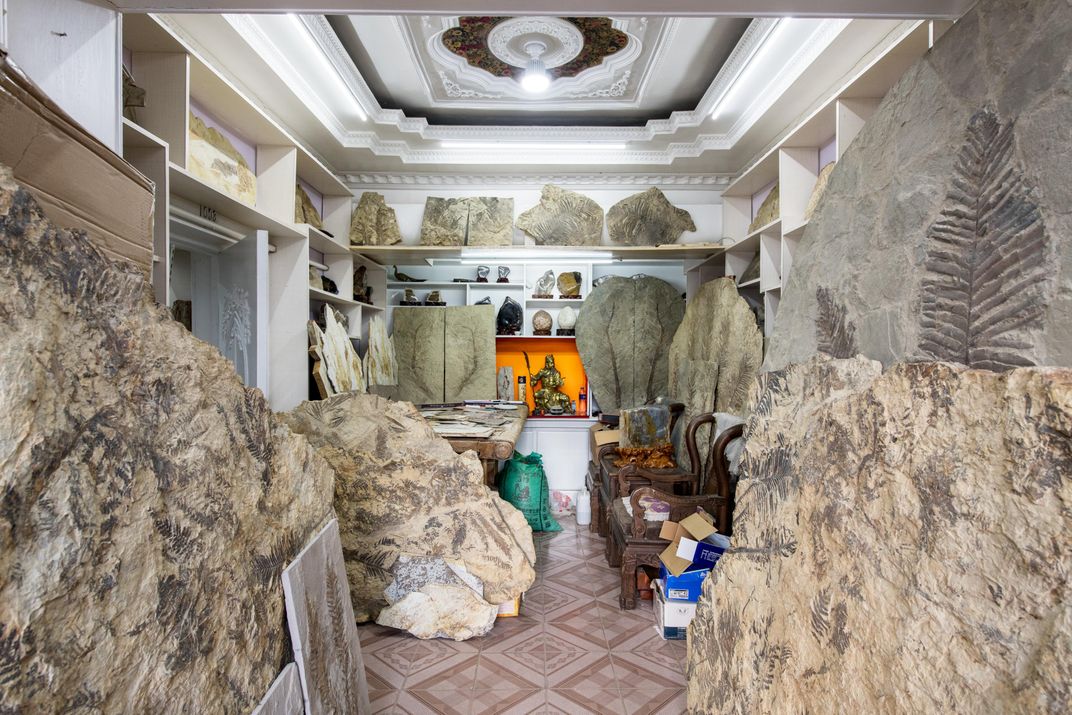
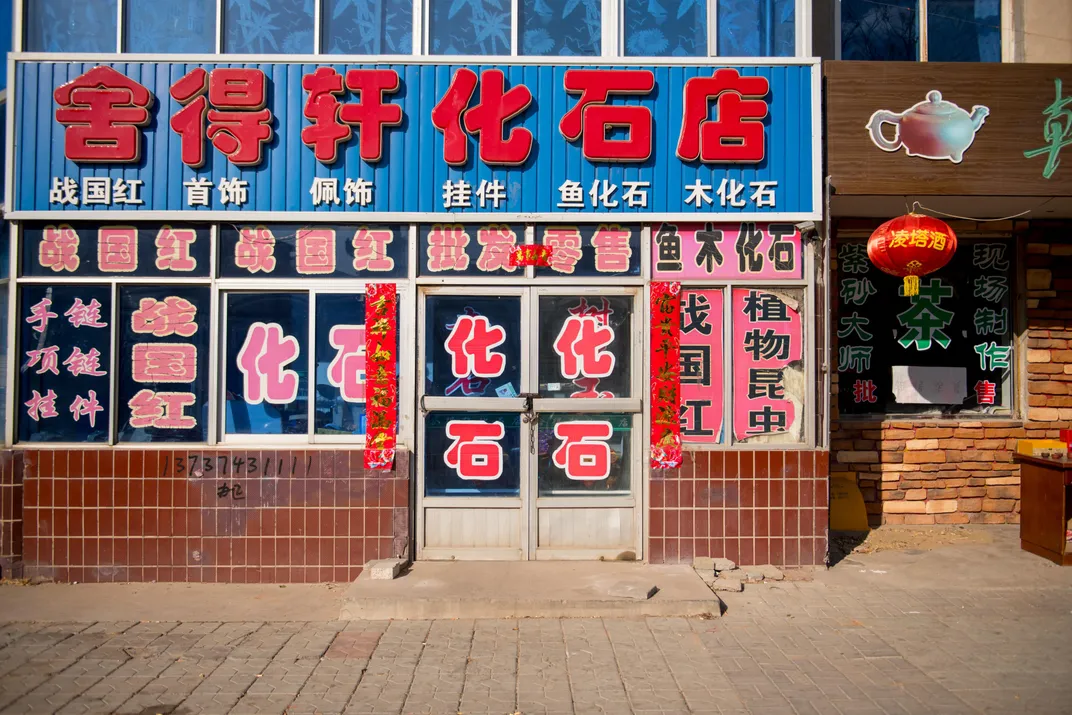
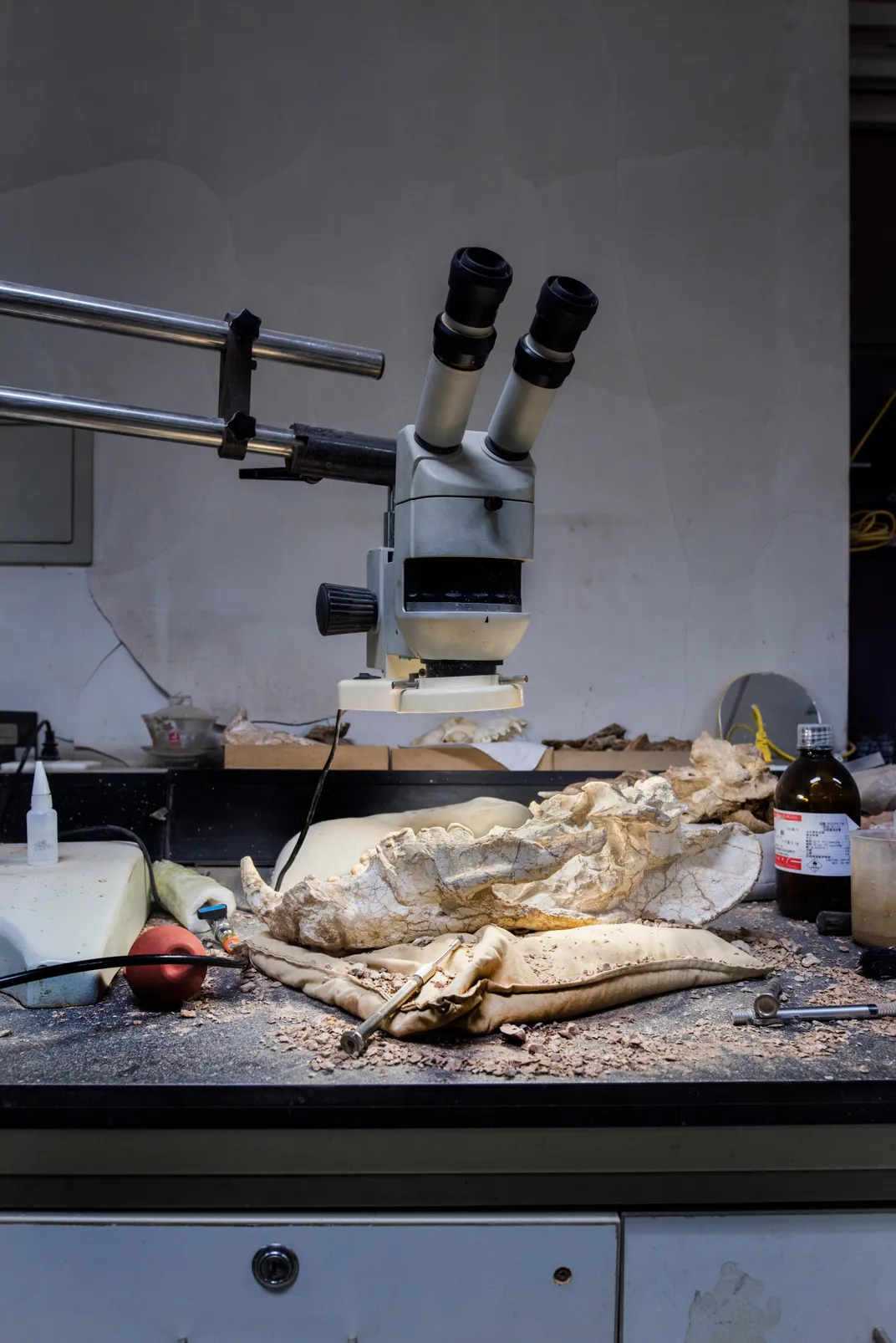
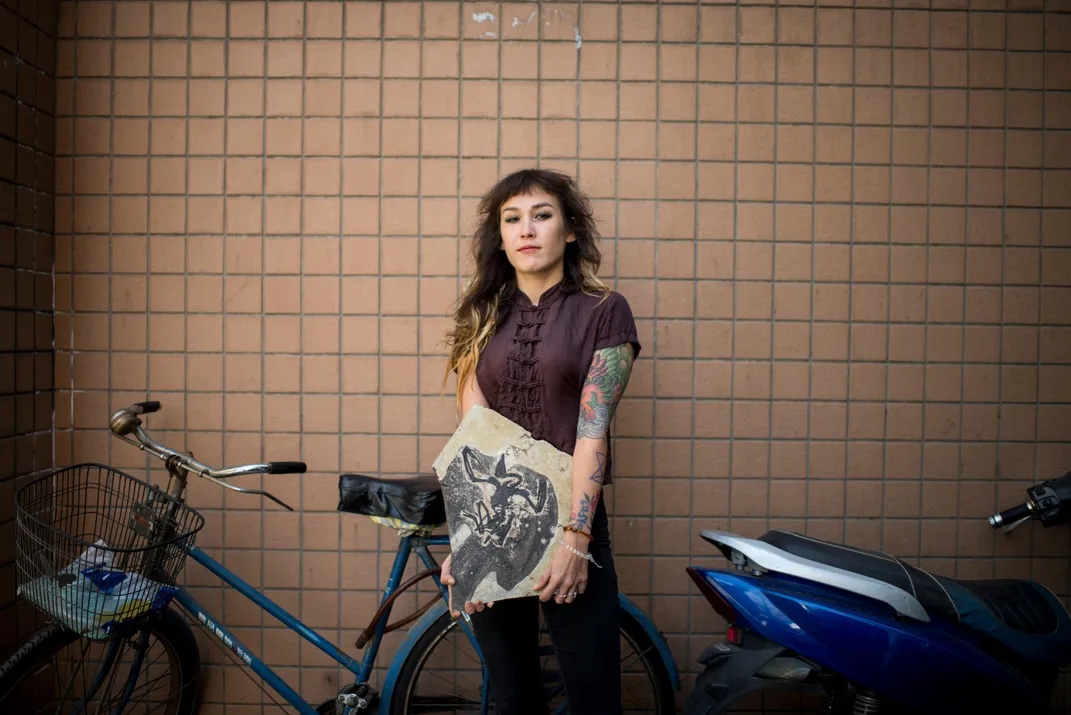
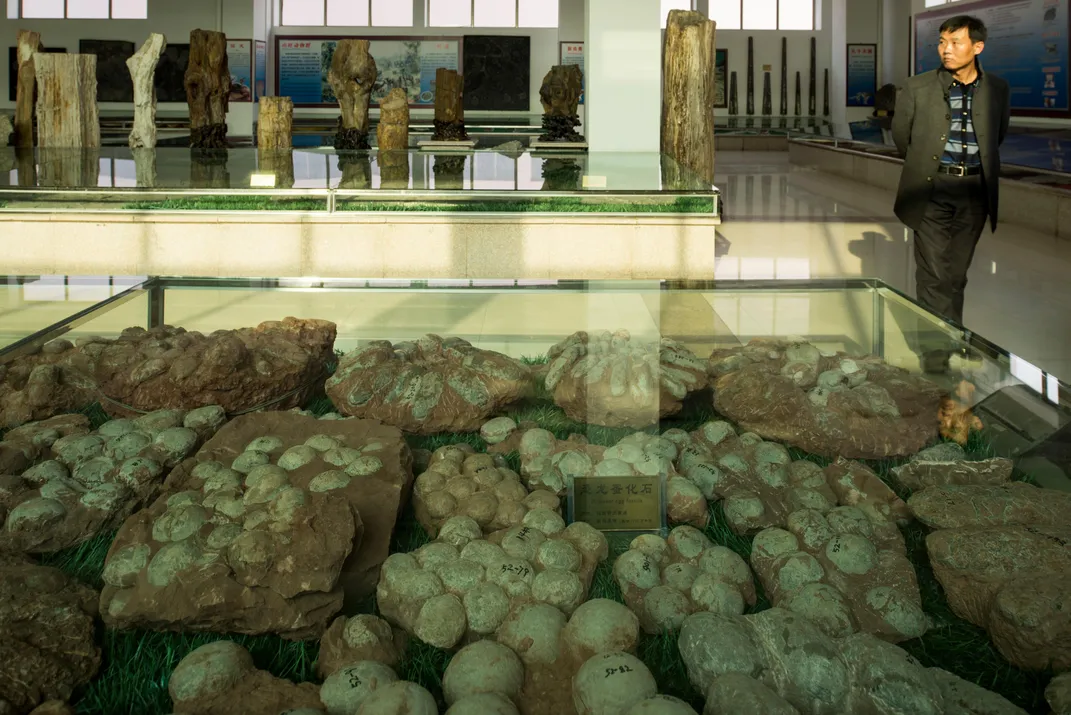
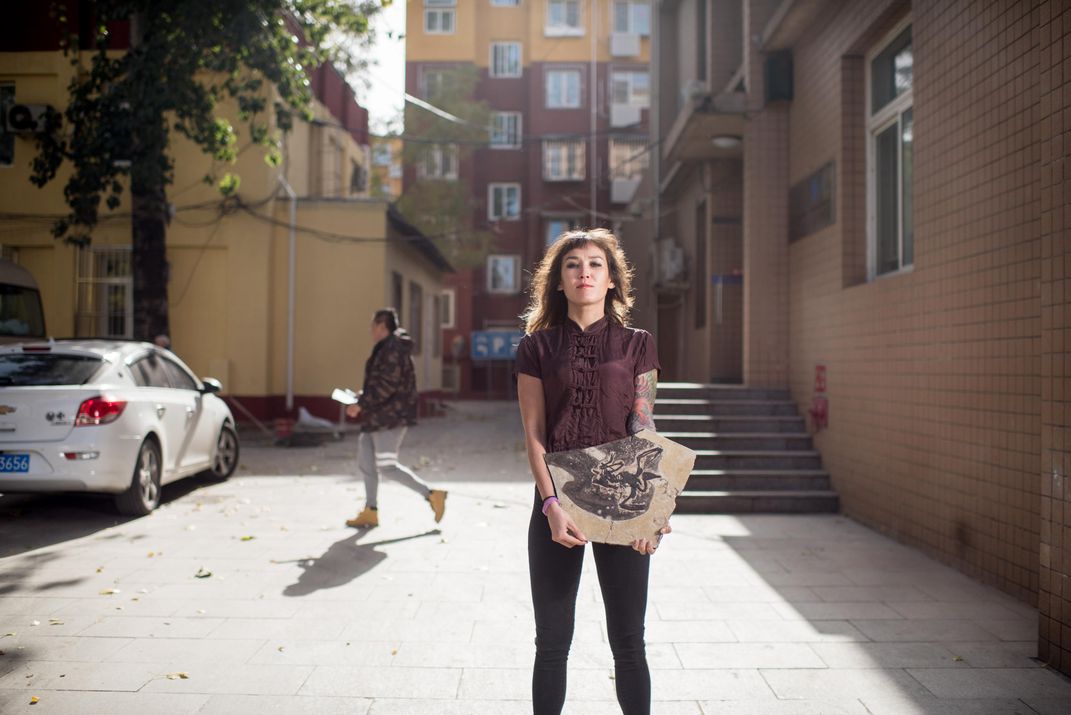
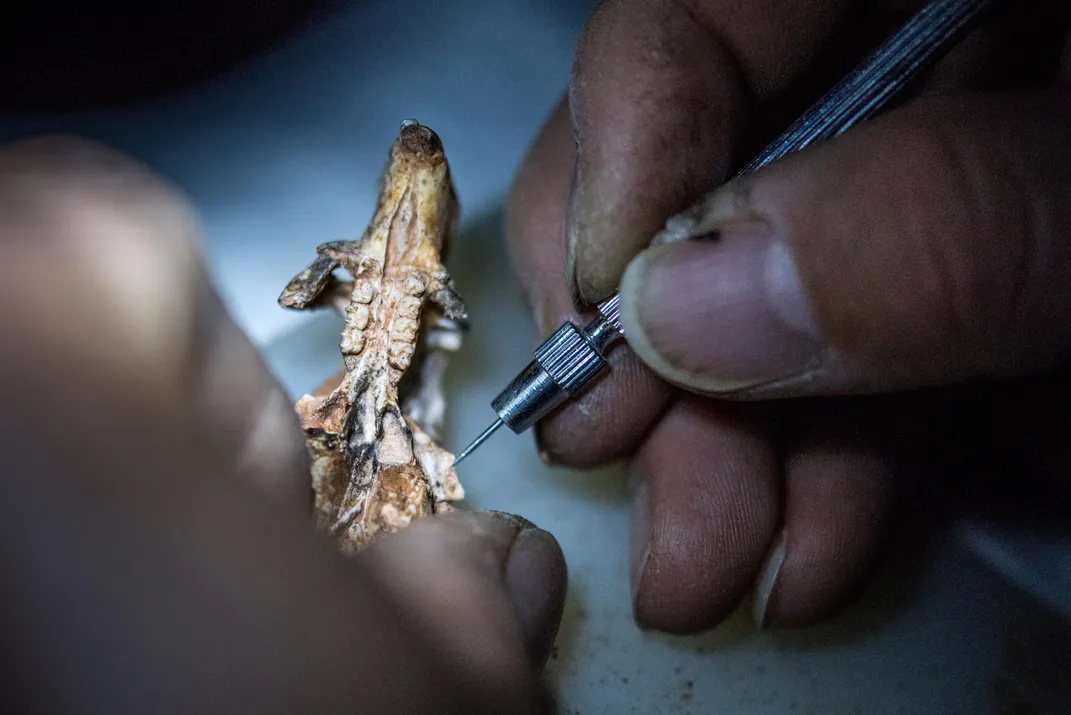
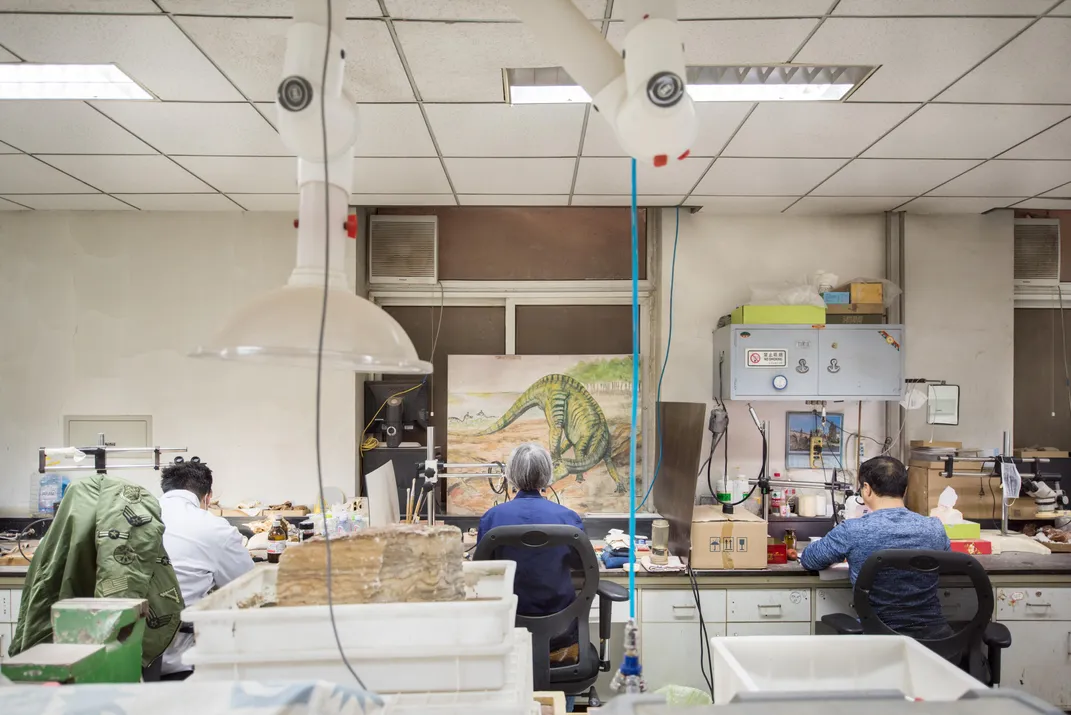
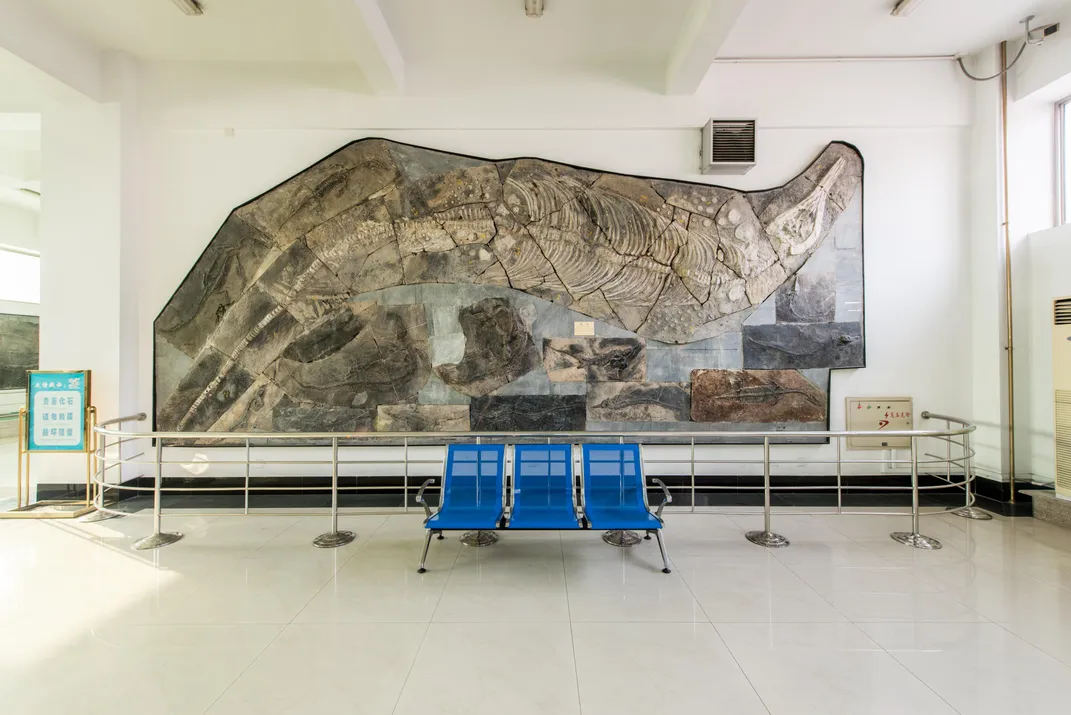
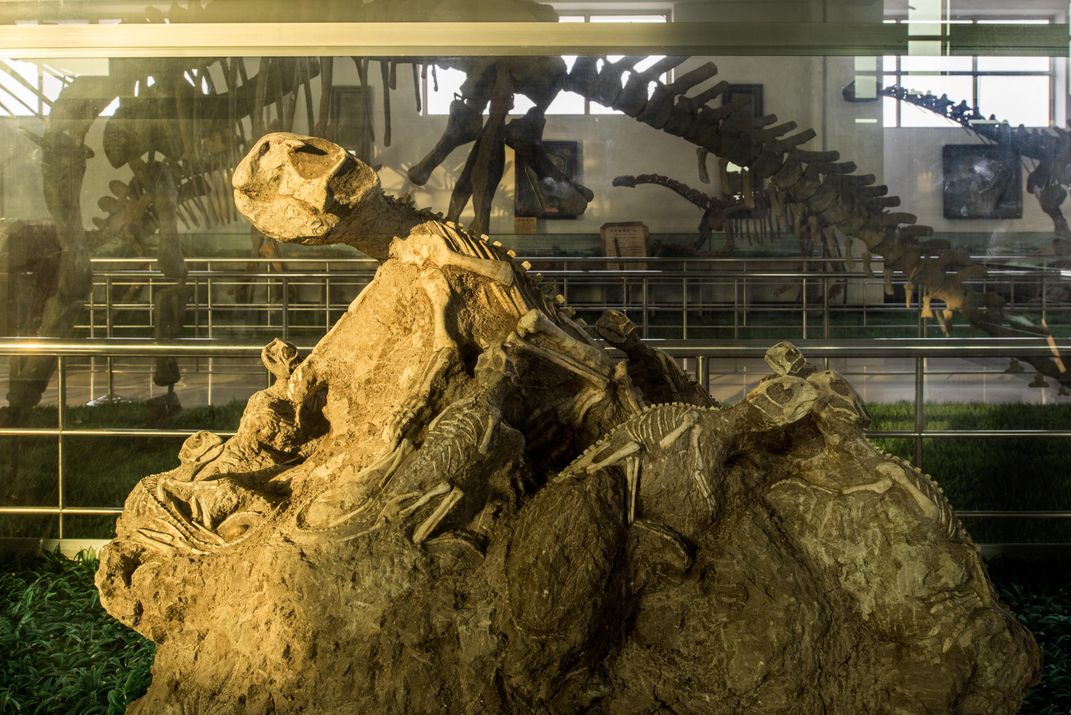
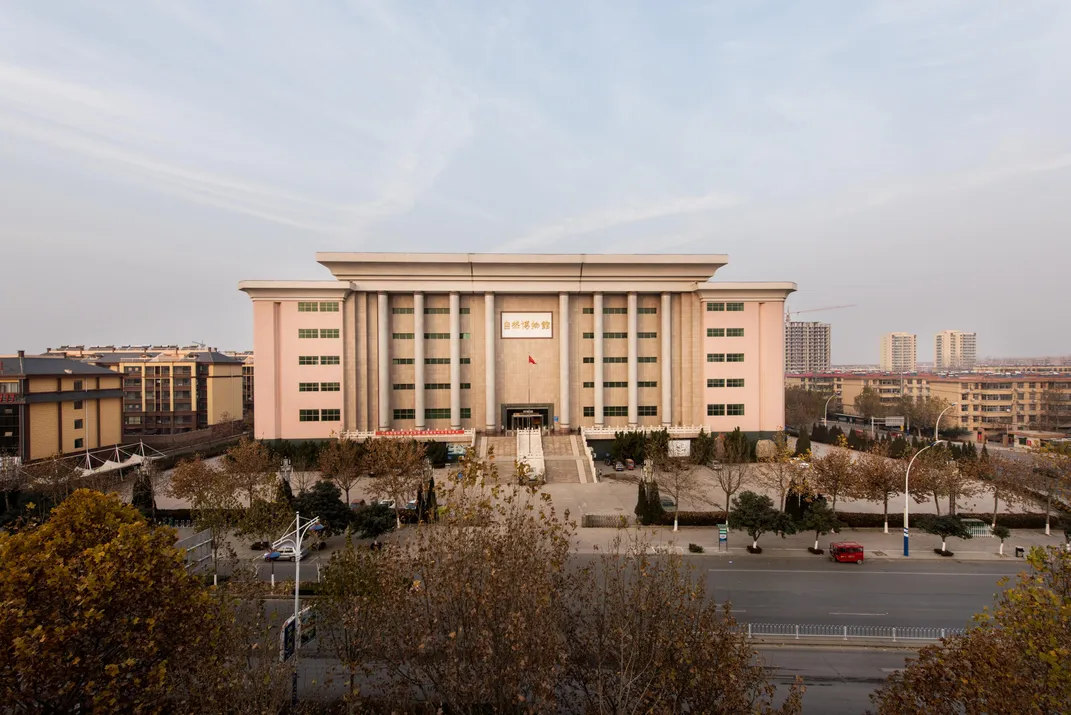
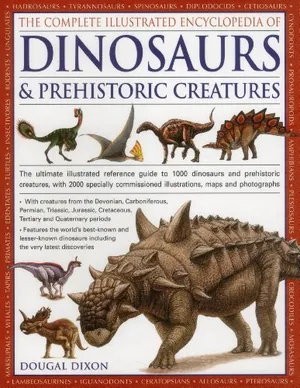
/https://tf-cmsv2-smithsonianmag-media.s3.amazonaws.com/accounts/headshot/richard-conniff-240.jpg)